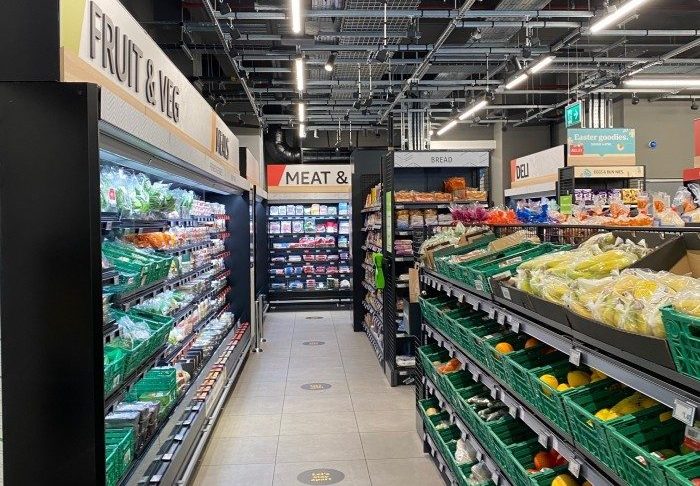Over the past week $4 trillion (£2.87 trillion) disappeared from global equity markets in the largest stock market crash seen since 2008.
Fortunately, most markets have since rebound and investors seem to believe the worst is over.
Despite calm returning to most markets, it was enough to remind people of the chaos of the last financial crash and led some to believe, if only briefly, that another crisis was imminent.
Just over 2800 jobs have been cut, while a further 4753 have been put at risk in the first five-and-a-half weeks of 2018
This is not the only worrying comparative to the last financial crash a decade ago. Since the beginning of the year thousands of jobs in the UK retail industry have been either cut entirely or revealed to be at risk.
Since January 1, all of the Big 4 have announced major restructures that will result in staff facing pay cuts or redundancy.
Asda cut 28 head office roles, Sainsbury’s is set to cut “thousands” in a restructure, Tesco is cutting 800 and repositioning 900 more, while a similar restructure at Morrisons will see 700 face a pay cut or redundancy.
Meanwhile, Marks & Spencer – often regarded as a bellwether of UK retail – announced plans to close down 14 stores in the latest phase of its turnaround plan, plunging 468 jobs into uncertainty.
READ MORE:
- 287 jobs at risk as Warren Evans falls into administration
- 2400 jobs back under threat as Toys R Us seeks buyer
- Morrisons cuts 1500 store manager roles
- B&Q to swing axe on 200 HQ jobs
- Hundreds of Topshop/Topman jobs to be cut
- 468 jobs at risk as M&S announces 14 store closures
- “Thousands” of Sainsbury’s staff to be affected by major shake-up
- Tesco lays off 1700 in cost cutting drive
This week, Warren Evans fell into administration jeopardising 285 jobs, following East’s administration last month which has already seen 30 head office redundancies with a possible 286 more.
B&Q slashed a further 200 jobs, while Topshop/Topman announced store manager changes which could result in around 150 redundancies.
This morning, Debenhams announced plans to cut 320 jobs across its estate in a bid to cut costs.
Toys R Us UK also revealed that a buyer is still being sought for the business, and if one is not found 2400 staff will be at risk.
All in all, over 2800 jobs have been cut, while a further 4753 have been put at risk in the first five-and-a-half weeks of 2018.
Much like this week’s stock market hiccup, these figures haven’t topped the devastating heights of the credit crash.
Not including the 27,000 redundancies which happened in the wake of the collapse of Woolworths over the last weeks of 2008 and first weeks of 2009, 4065 jobs were lost in the retail sector by this time in 2009.
Although the figures aren’t quite as alarming, they are far too close for comfort. It’s difficult to determine how we should take these figures. Are they blatant warning signs staring us in the face that, just like the last financial crisis, we refuse to pay attention to? Or are they the birth pangs of a global economy undergoing significant change?
Analysts are divided. The Guardian’s economic editor Larry Elliott thinks the recent scare is a “correction not a crash”. Over the last year investors had started displaying signs of “reckless overconfidence” akin to the lead-up of the last collapse, but he argues this could serve as a much-needed reality check.
“It is 2005 all over again in terms of the valuation extreme, the psychological excess and the denial”
However, James Stack – one of the few men who predicted the housing collapse of 2008 -wrote last month that the housing bubble is once again ringing alarm bells.
“It is 2005 all over again in terms of the valuation extreme, the psychological excess and the denial,” he said.
“People don’t believe housing is in a bubble and don’t want to hear talk about prices being a little bit bubblish.”
Whatever side of the fence you fall on, its often far too easy to get caught up in the numbers.
With so many retailers already on the brink of financial turmoil, a major economic downturn could turn those 2800 job cuts into the next Woolworths or BHS.
Ben Stevens is a journalist at Retail Gazette. Follow him on Twitter: @benstevens1991
Click here to sign up to Retail Gazette‘s free daily email newsletter


















